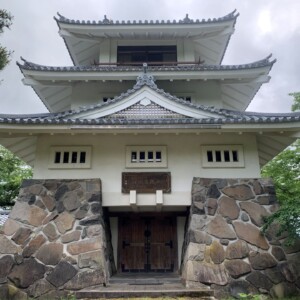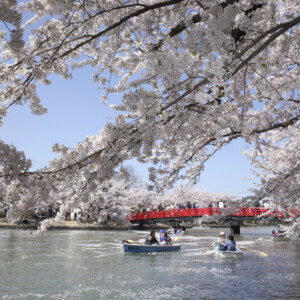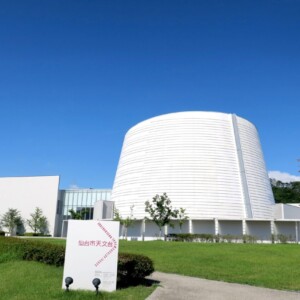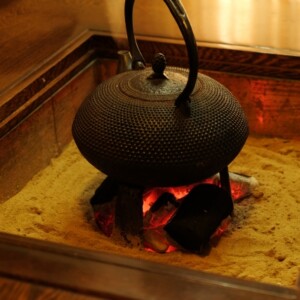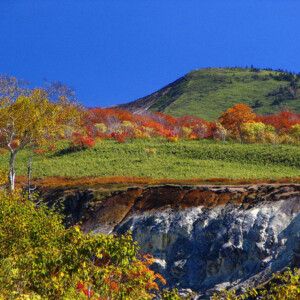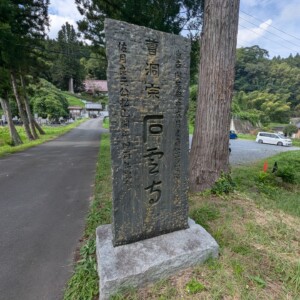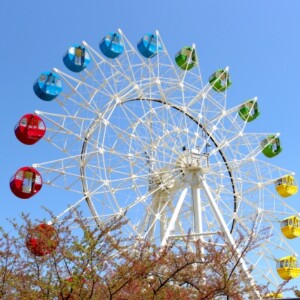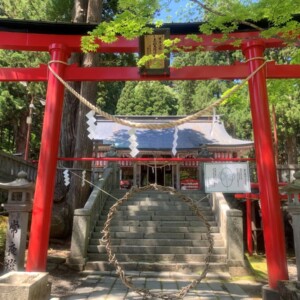
Sendai Toshogu Shrine is a shrine dedicated to Tokugawa Ieyasu, located in Sendai, and is a treasure trove of important cultural properties! [Miyagi Prefecture]
table of contents
One stop away from JR Sendai Station on the Senzan Line is Toshogu Station, where you will find the shrine that gave the area its name: Sendai Toshogu Shrine .
A shrine dedicated to Tokugawa Ieyasu, founded by Date Tadamune, the second lord of the Sendai domain
Sendai Toshogu Shrine was founded in 1654 by Date Tadamune, the second lord of the Sendai domain Tosho Daigongen (Tokugawa Ieyasu) . It is said to have divine blessings such as bringing good fortune and warding off evil, safety for the home, academic success, business prosperity, and victory.
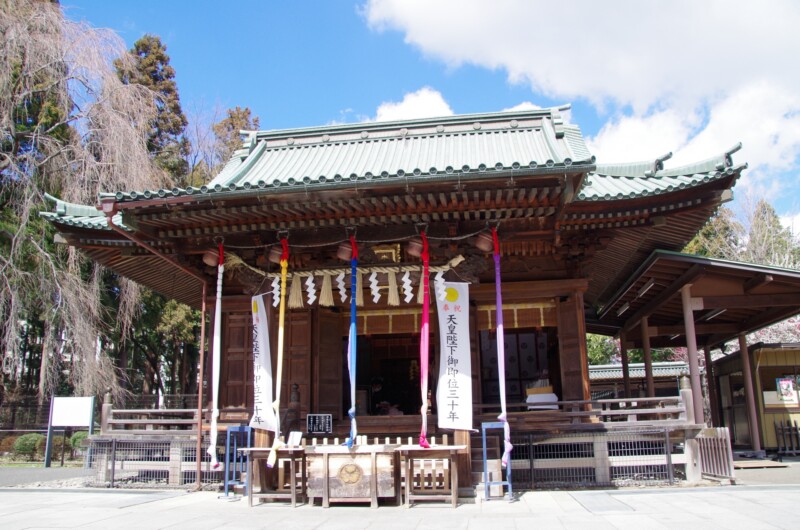
In 1591, after Tokugawa Ieyasu had finished inspecting the suppression of the Kasai-Osaki Rebellion, he is said to have rested with Date Masamune in the grounds of Tenjin Shrine (now Tsutsujigaoka Tenmangu Shrine), which was located here at the time, in what is now Tsutsujigaoka, Miyagino Ward, Sendai City. Also, because it is located exactly northeast of Sendai Castle, this location is said to have been chosen as the guardian deity of the Sendai domain, serving as a guardian deity for the unlucky direction
The construction of Sendai Toshogu Shrine was a major project that drew on the efforts of the domain
In May 1649, Tokugawa Iemitsu, the third shogun of the Edo shogunate, gave permission to solicit the construction of Toshogu Shrine, and construction began in August 1649. Construction was completed five years later in 1654, along with the temples such as Betsudoji and Sengakuin, which still stand on the site today
This was a major project that required the full efforts of the Sendai domain, and it is said that more than 800,000 people were involved in the construction at the time, and the total construction cost was 22,443 ryo of koban coins
Just for reference, if we convert the current price of rice, which is about 2,000 yen per 5 kg, into rice prices, one ryo at the time would be about 60,000 yen, so the total construction cost over 1.3 billion yen .
Miyamachi Shopping Street, which developed as a temple town for Sendai Toshogu Shrine
Miyamachi Shopping Street is located north of what is now JR Sendai Station. As you can imagine from the long street that stretches all the way to Sendai Toshogu Shrine, this area was originally "Gomiyacho" and was designated as a temple town when Toshogu Shrine was built. Before Sendai Station opened, this was the longest road running north to south through Sendai, stretching all the way to the Hirose River.
At that time, residents "Toshogu Shrine servants," and were assigned roles such as "cleaning the grounds" and "decorating the portable shrine" during Toshogu Shrine festivals. In return, they received economic benefits such as partial tax exemptions.
Numerous cultural assets remain within the temple grounds today
Sendai Toshogu Shrine has suffered from numerous disasters, including fires and earthquakes, but many important cultural properties remain within the shrine grounds
stone torii
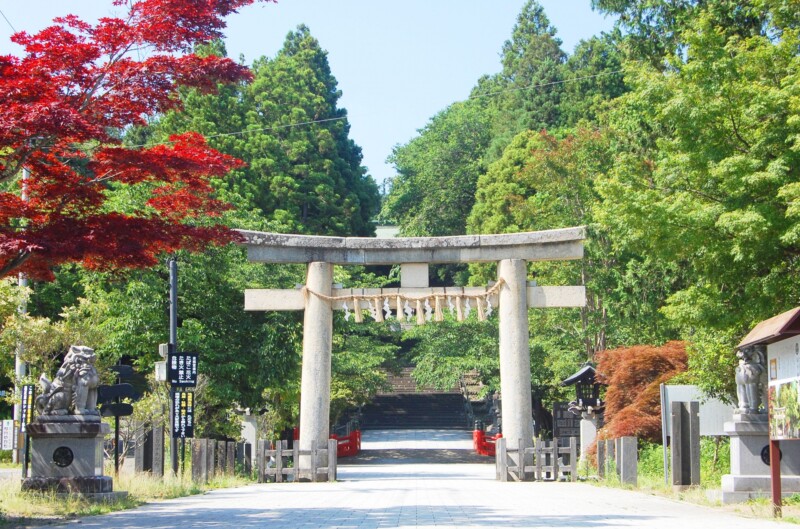
This stone Myojin torii gate was donated by Date Tadamune, the founder of Sendai Toshogu Shrine. The pillars of the gate are engraved with the inscription "17th April, Goko Year, 1654 (the third year of the Shoo era)," making the oldest torii gate still standing in Miyagi Prefecture .
stone lantern
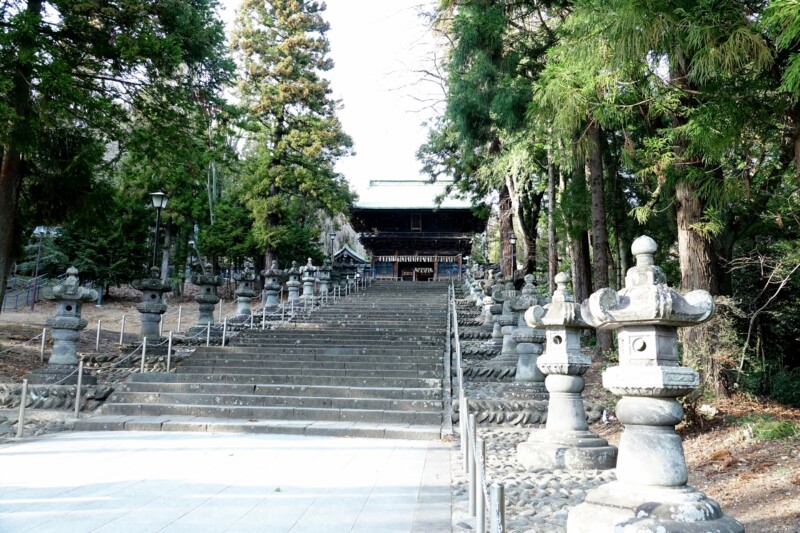
They were donated by members and retainers of the Date clan. After the famous "Date Disturbance" , the stone lanterns belonging to the retainers involved in the incident were removed, and now 38 stone lanterns remain on the grounds, including those donated after that.
28 of them are lined up along the stone steps of Omotesando
Zuijinmon Gate
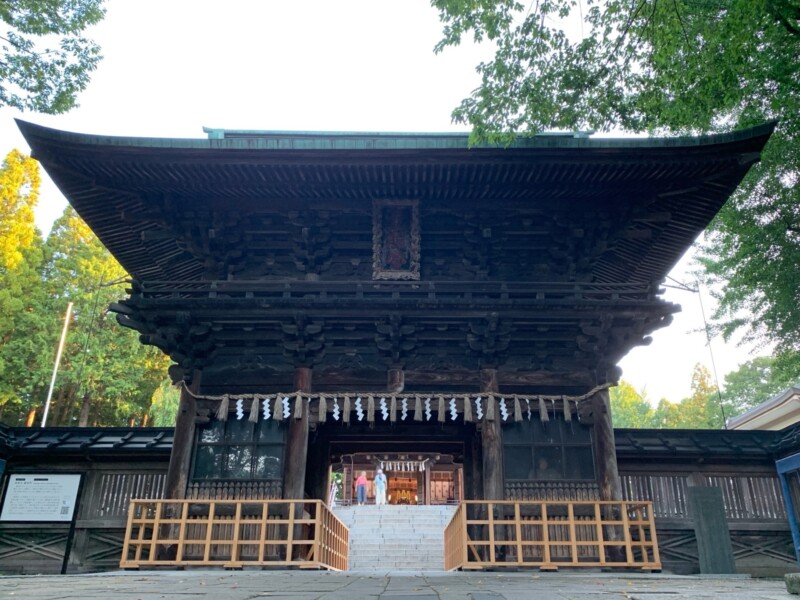
This gate is the main gate of Sendai Toshogu Shrine, and was originally covered with copper tiles and had decorative metal fittings at key points, but these were stripped away by government forces during the Boshin War
Main hall, Karamon gate, and lattice fence
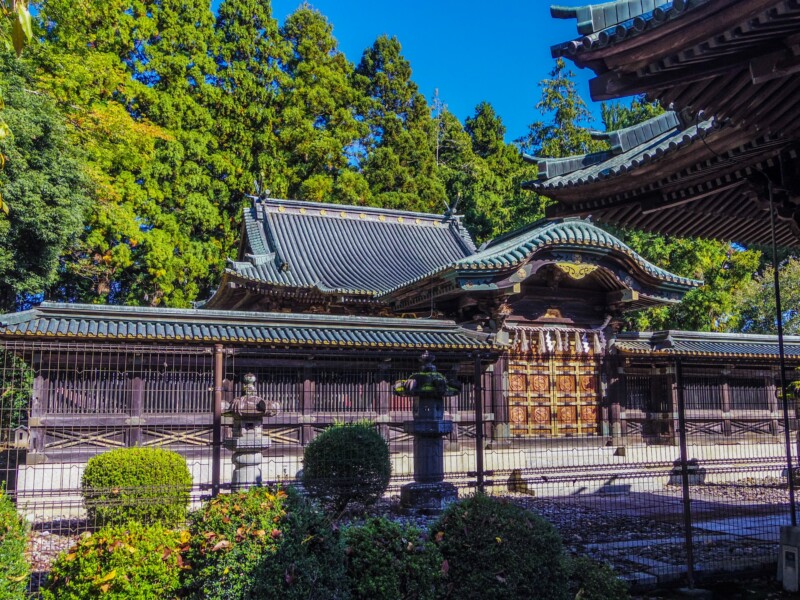
Inside is a gorgeously decorated house-shaped shrine, where the statue of the main deity, Tosho Daigongen (Tokugawa Ieyasu), is enshrined. The main hall, Karamon gate, and latticework fence were also decorated with metal ornaments at the time, but like the Zuijinmon gate mentioned above, these were stripped away by the Imperial Army during the Boshin War
In addition, the Chozuya (purification fountain) is a designated tangible cultural property of Miyagi Prefecture, and the stone steps of Omotesando are registered as tangible cultural properties of Sendai City
The main hall, which is what most visitors notice, was unfortunately destroyed by arson in 1935 and was rebuilt in 1964
Toshogu Shrine Festival (Sendai Festival) is a precious festival that takes place only once every five years
The Toshogu Shrine Festival began in 1655 to commemorate the seven-day procession of the sacred object from Edo (present-day Tokyo) to Sendai on a portable shrine at the time of the shrine's founding. At the time, the festival procession numbered several thousand people, and it was Sendai's largest festival, attracting spectators from far and wide, and was also known as the "Sendai Festival."
Its history was interrupted during the Meiji period, but resumed during the Taisho period, and it is a precious festival that is held only once every five years
Link: Sendai Toshogu Shrine – Toshogu Shrine Festival
Sendai Toshogu Shrine <Information>
- Name: Sendai Toshogu Shrine
- Address: 1-6-1 Toshogu Shrine, Aoba Ward, Sendai City, Miyagi Prefecture, 981-0908
- Phone number: 022-234-3247
- Official URL: http://s-toshogu.jp/


![[Serialization: Following the narrow path in the back part 2] After arriving in Miyagi Prefecture, Basho and Sora aim for Sendai, the capital of forests. Oku no Hosomichi 2](https://jp.neft.asia/wp-content/uploads/2023/09/f05201ee29d975b84ec437a8b76f2b98-150x150.jpg)
![Enjoy the tranquility and bustle of Sendai Toshogu Shrine! [Miyagi Prefecture] Zuishinmon](https://jp.neft.asia/wp-content/uploads/2018/05/IMG_9946-150x150.jpg)
![Scary and slightly sad stories... "Michinoku Otogi Kaido" with many stories left behind [Shichigasyu-cho, Shiraishi City, Miyagi Prefecture] Fairytale images](https://jp.neft.asia/wp-content/uploads/2023/04/be73b392233d2fe609797e999f8ca547-1-150x150.jpg)
![Was it treated specially by the government in the past? Shiogama Shrine and Shinahiko Shrine in Ichinomiya, Mutsu Province [Miyagi Prefecture] Shiogama Shrine and Shibahiko Shrine](https://jp.neft.asia/wp-content/uploads/2024/04/4EC01109-3BBE-442D-A98E-00687A9D0C37_1_105_c-150x150.jpeg)
![Kurikoma foot Geopark learned from large-scale landslide disasters [Miyagi Prefecture] Autumn leaves of Mt. Kurikoma](https://jp.neft.asia/wp-content/uploads/2023/08/22090138_m-150x150.jpg)
![Demon's Jigokudani Promenade! The geyser of the steam is truly a hellish sight! ? [Miyagi Prefecture] 5148713_m](https://jp.neft.asia/wp-content/uploads/2023/08/5148713_m-150x150.jpg)
![Tateishi-ji Temple, a corner of the four temple corridors, including Chuson-ji Temple, Mokoshi-ji Temple, and Zuigan-ji Temple [Yamagata Prefecture] Yamadera Risshakuji Temple](https://jp.neft.asia/wp-content/uploads/2016/09/26668581_m-150x150.jpg)
![The timber rocks in Shiraishi Obara are natural phenomena, and are spectacular spots with columnar joints! [Miyagi Prefecture] FE8E1C5D-891F-4A2B-B0BB-BB4536BF6858_105_c](https://jp.neft.asia/wp-content/uploads/2023/07/FE8E1C5D-891F-4A2B-B0BB-BB4536BF6858_1_105_c-150x150.jpeg)


